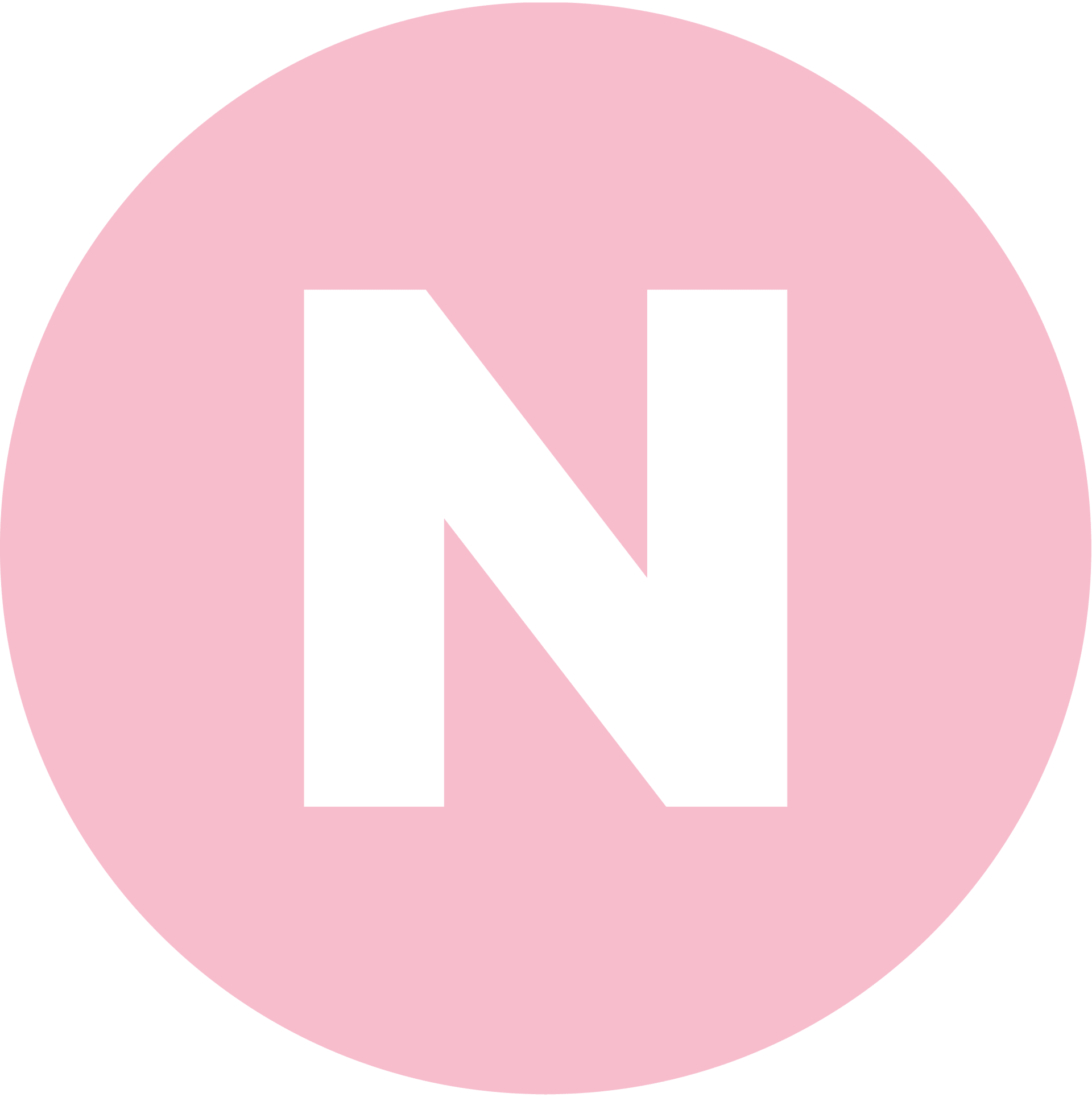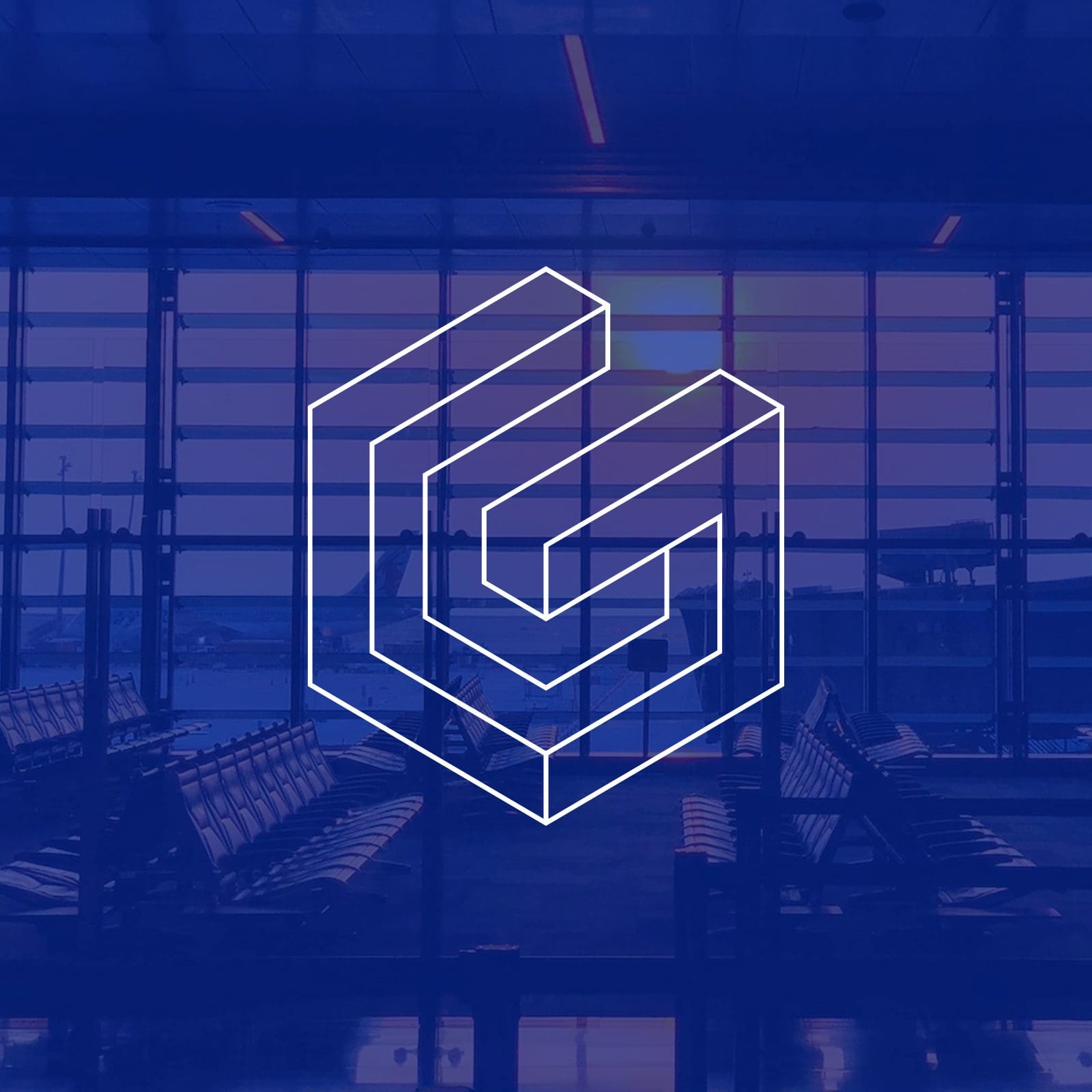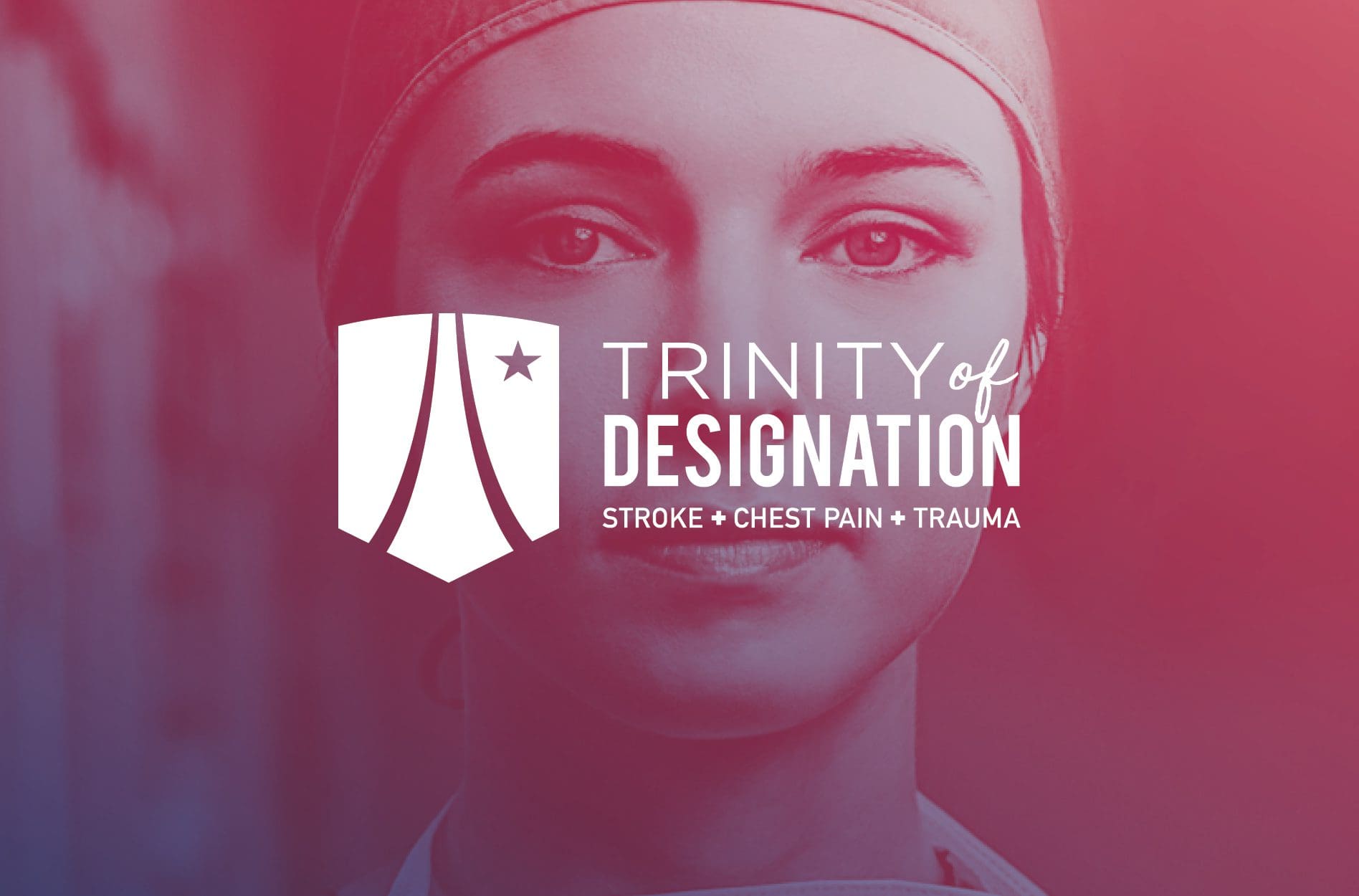What Should I Expect Out of My New Website?
So hey, it seems you might be considering working with a website design company. Or maybe you’re in the midst of a new website design and development project right now. We’ve found that there are some misconceptions on what to expect from your website design company during the project. So, we are breaking down what to expect out of your new website here so you can check them off your list one by one.
Priority on User Experience
Any website design company worth its weight will know that the most important factor in the design of a website is a priority on user experience. Ultimately, this whole article could be wrapped up into this one bullet point if we wanted to. However, that wouldn’t be as user-friendly for you to skim here… subheads, people. Subheads. As a website design company, when we build a website, we take a user-first approach. It’s our goal to engage the user within three seconds of them landing on the site, and then to continually feed them the information they desire as they scroll down the page. We anticipate their needs, pain points, questions, and desires, and seek to provide exactly what it is that they are after at every point in their interaction with the website. Additionally, the user should be able to enroll in what you’re offering as soon as they are ready. So, clear call to actions at every turn should be implemented throughout the website, so they never have to search for a way to contact you or engage with you. In addition to guiding the user journey through the site, there are some key factors that need to be addressed that aren’t quite as glamorous.White Space
White space around headings and titles can increase user engagement as much as 20%. Use ample white space in your design to allow users room to breathe as they navigate your website.404 Errors
A user should never encounter a 404 error while navigating your website. Instead, implement redirects from URLs that are no longer in use to maintain the flow of the user journey.Page Load Speed
A slow load will cause a user to bounce. We’re impatient these days! Check your page load speed using this free tool from Google. See that long link there? Of course you did! To improve page load times, compress images to less than 1MB, host videos elsewhere instead of in your media library, and contact a website design company for an audit.Segment Information
Separate information into easily digestible, bite-sized chunks. Use icons to allow users to identify the topic and to draw attention to key information. Implement strong headings and titles to draw the user in, and then use subheads throughout to break up the information. We all know how hard it is to reach through a lengthy description, and our attention spans aren’t what they used to be. So help the user along by breaking up all the words.Mobile Responsiveness
This is a well-known fact by now, but just to reiterate, people are viewing your site equally as often on a mobile device as they are on a desktop computer. In fact, it’s likely that you’re reading this post from the convenience of your mobile device. That said, it’s crucial that your site is mobile-friendly. We are not talking about having a mobile site (more on that in our article about mobile responsiveness), rather that your existing website is completely responsive for mobile devices. “Responsive web design is a web design method that enables web to fit the screens of different devices automatically, displaying the content in a way that people feel comfortable. This greatly reduces users’ operations like panning, zooming, and scrolling when browsing the web.” In fact, as a website design company, we actually take this a step further. Instead of just creating sites that are responsive, we often take a mobile-first approach. We’re looking at how we can design a specific experience that caters to the mobile view, and then translating that to desktop. Back to responsive design. Again, we are going to relate back to user experience here. We want to eliminate the need for a user to pinch or pan, or need to zoom in on any element. Also, we don’t want a user scrolling and scrolling and scrolling. Instead, everything should be tappable and swipeable, and easy to view. On a mobile device, a large navigation menu will be cumbersome and difficult to navigate. Instead, a responsive site should minimize the menu and utilize a tappable hamburger to expand and contract the options. Additionally, links should be replaced with buttons wherever possible. It can be difficult to tap a link within text on a mobile device, and a full-on button is much easier for our fingers to find and hit. Image galleries should display as swipeable instead of scrolling, and images should open up in a lightbox to ensure easy viewing without the need to zoom in or pan around. Overall, the website should be intuitive and easy to navigate on a mobile device. This is something you can check easily. Just access your website from your phone and poke around to see what you find.On-Brand, Custom Design
There are many options for platforms on which to build a website, and your website design company should be able to educate you. Keep in mind that whether you start the design from a template, or build a custom WordPress website from the ground up, your site should be 100% on-brand. Pages should be consistently structured and designed to provide continuity throughout the user journey. This means that you should have a color scheme and hierarchy for fonts and headings that is a natural extension of your brand and is consistent page to page. If you’re able to, use your own photography in lieu of stock images. Alternatively, work with a website design company to select stock imagery that isn’t so … stocky. As mentioned, our goal is to engage the viewer within the first three seconds of them landing on your website, and a generic image that’s off-brand will create an immediate disconnect and will likely cause the viewer to bounce in two seconds flat. Ultimately, there is one question to consider that is the most important thing as a user navigates through your website. They should never ask themselves the question, “Am I in the Right Place?”Easy-to-Navigate CMS Platform
“A CMS or a 'Content Management System' allows you to control and manage the content within your website. This can be done without any technical training. Using this uncomplicated system you can very easily add, delete images and edit text in your website on the fly.” At our website design company, we build the vast majority of our websites on the WordPress platform. WordPress offers users a simple-to-navigate backend that allows our clients to update key content themselves as needed. Beware if your website design company is suggesting to build your website on a platform that only they can access and alter. This one seems to be common sense, but here are a few practical examples.You Should Be Able To:
- Update your phone number or email address on your site yourself.
- Publish your own blog posts.
- Add a paragraph of copy to a page.
- Do your own SEO (if you really wanted to).






